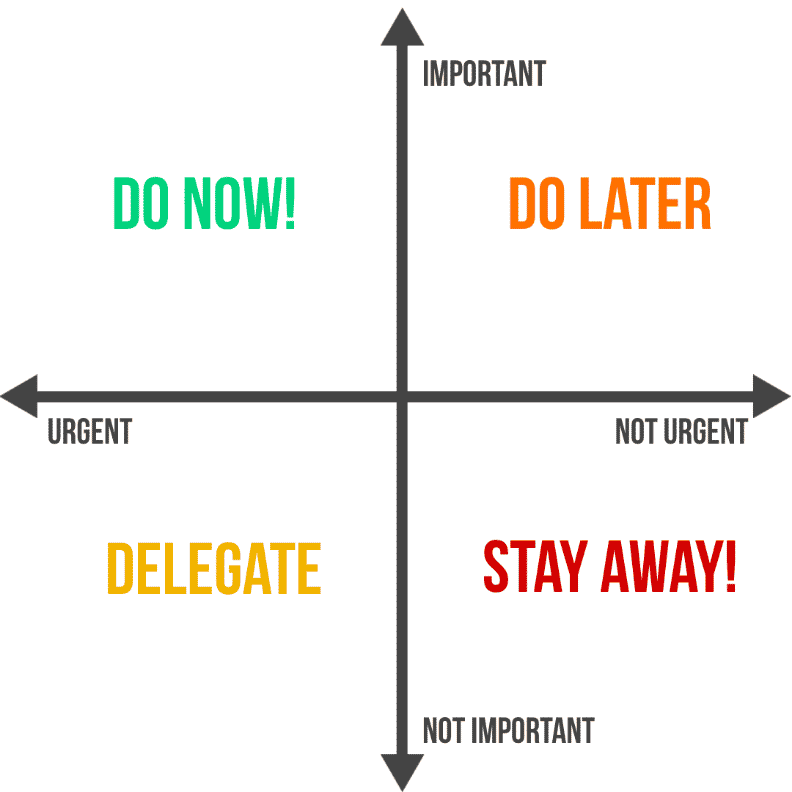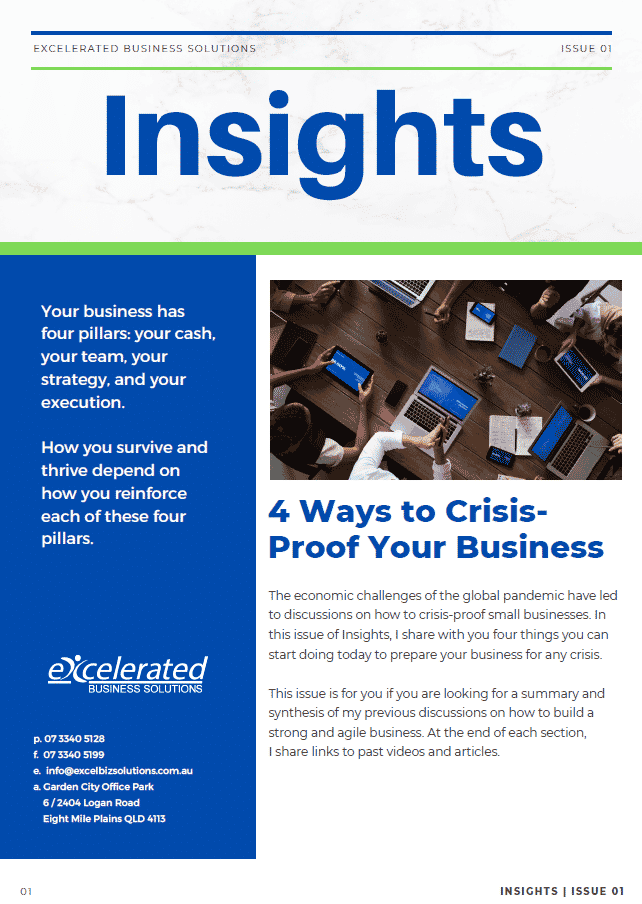The most common productivity advice is to begin with the easiest tasks first and then move to the more difficult ones. This is to help create momentum to push us to become more productive.
But is it really the most productive way of tackling our to-do list? In this video, I explore what productivity experts are saying and why doing what is contrary to the commonly held advice might lead to better productivity.
People tackle different types of tasks every day. Some tasks are more important than others. People make decisions on what tasks to tackle first in their daily to-do list. Some tasks are easily accomplished, and some are more complex and take a bit more time.
As we go through this list, we make the very conscious decision on how to prioritize the tasks so that we can get as much done as possible. The goal is not to appear busy—the goal is to be productive and to get as many tasks ticked off the list as possible.
The question now is, what is better for productivity? Do we tackle the easy tasks first, then proceed with the more difficult, more complex ones later? The short answer, according to productivity experts, is to address what is difficult first. Doing so is better for the long term.
Now you might ask: if the goal is get as much done as possible, why tackle what takes a long time to do? Let’s take this step by step.
We already know that tasks aren’t created equal. If we go by the urgent-important matrix, more commonly known as the Eisenhower Decision Matrix, there are 4 kinds of tasks.

- Tasks that are both important and urgent
- Tasks that are important, but not urgent
- Tasks that are not important, but are urgent
- Tasks that are neither important nor urgent
How do we prioritize these tasks?

Productivity experts say that if the task is …
- … neither important nor urgent, you should stay away because these are distractions.
- … not important, but urgent, you should delegate to someone else.
- … important, but not urgent, you should do this later.
- … important and urgent, you should do this immediately.
To understand why we should focus on the difficult tasks first over the easy ones lies in understanding the last two tasks. Important but not urgent tasks are usually tasked long-term tasks, while the important and urgent tasks are short term tasks.
However, we also need to be mindful that some tasks become urgent today because we didn’t plan out for or didn’t accomplish them yesterday or last week or last month or even last year, when they were clearly not urgent.
The problem with prioritizing urgent tasks today is it makes us more reactive, than proactive. I will acknowledge that there are some factors that are out of our control that contributes to the urgency of some tasks, and so we need to focus on these urgent and important tasks immediately. But the context of our discussion is on the important tasks that we have set aside because they were not yet urgent at that time and because they were probably difficult and complex that we decided to put it off for another day.
Why do we do this? Why do we favour the easy over the difficult?
We tackle them first because they are easy and getting these tasks out of the way gives us a sense of accomplishment—we get more done in half the time. The problem is when we hide behind these tasks because we are procrastinating on the more important and more complex tasks—focusing on the easy tasks now become counterintuitive. We think we’re accomplishing more, but it takes time away from tackling what truly matters.
If you feel that this is you, you are not alone. A lot of us do this for many reasons. One significant reason why we put off the difficult but important tasks is that it takes us more time to do, and we’re more likely to make mistakes in the process vis-à-vis doing what is easy.
So what should we do?
The first thing we need to keep in mind is to focus on what is important. You don’t necessarily need to ALWAYS choose the difficult over the easy—but you need to be conscious about what is important for you and your business both in the short term and in the long term. Then find a balance so that you can address both needs.
You also need to change our mindset about how much time it takes to finish a difficult task. Yes, it takes more time than usual. Yes, we’re likely to make a mistake or two (or even more). But don’t think of that extra time as a wasted resource. Think of it as our time investment towards learning the task. Mistakes are great teachers—and if we learn our lessons well, then we’re likely to do better as we progress in the task.
If you are interested to know more about what a business has to go through when facing exponential growth, you can download the first chapter of the book, ”$20K to $20 Million in 2 Years” absolutely free here. The chapter talks about the differences between a good and a great business and puts out questions that make you consider how you can turn your business from good to great.



